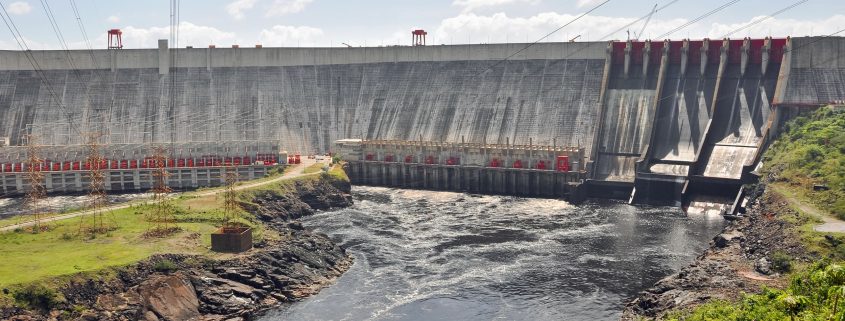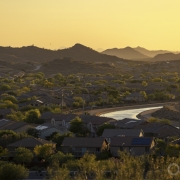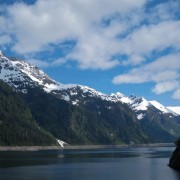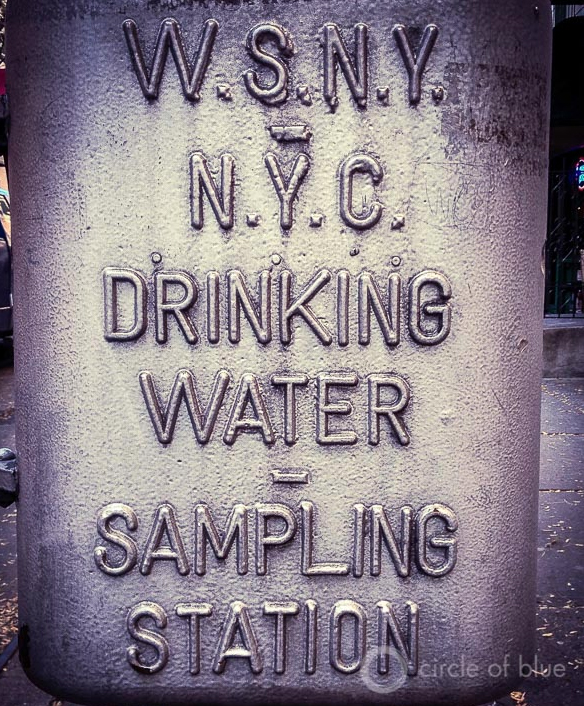Venezuela Drought Aggravates Instability
Shortages of power, food, supplies wrack country.
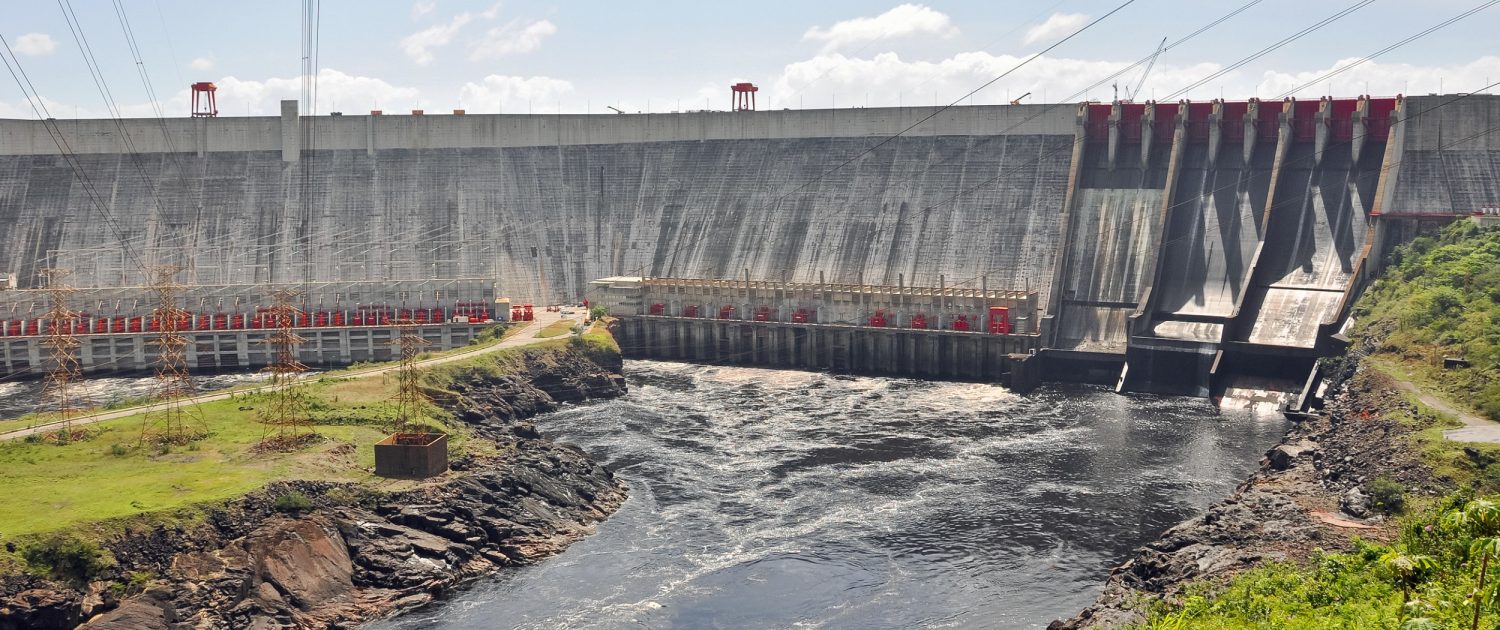
Guri Dam accounts for about 60 percent of Venezuela’s electricity generating capacity. A multi-year drought has dropped reservoir levels to the point where the government cut the work week to two days in order to save energy. Photo © Shutterstock
By Keith Schneider, Circle of Blue
Though June is generally the start of the rainy season in Venezuela, much of the country remains drier than normal, a moisture deficit that affects the country’s capacity to generate electricity and is aggravating a severe economic recession that is prompting looting, protests, and violence.
For three years, according to the Ministry of Electricity, Venezuela’s rainfall has measured 50 percent to 65 percent lower than normal. Drought conditions, according to the country’s meteorologists, are the worst they’ve been in at least 40 years.
The rainfall deficit affects almost all of the country, and is particularly serious in Bolivar, site of the 10,323-megawatt Guri hydroelectric plant, which supplies more than 60 percent of the country’s electricity. The Guri station, at full operating capacity, is the third largest hydropower station in the world, according to Powertechnology.com, a trade news organization. Today, it is far, far from full capacity.
Water levels in the reservoir behind the dam have fallen to such low levels that managers of Corpoelec, the national utility, are shutting down turbines. In April, Venezuela instituted electricity conservation measures. It cut work weeks to two days, closed schools on Friday, and curtailed power transmission to manufacturers.
The outages affect every industry and are a factor in the country’s slipping economy, soaring inflation, and food and supply shortages. Coca Cola halted soft drink production last month because of sugar shortages. Long lines form daily for food staples. Looting is rampant, according to police reports. Earlier this month several news organizations reported that a woman died after being hit by a stray bullet when police opened fire on looters trying to ransack a warehouse in the western city of San Cristobal.
As with the other severe droughts around the world — in India, southern Africa, and Southeast Asia — water scarcity is not the direct cause of Venezuela’s turmoil. The drought acts as a force multiplier, putting additional pressure on infrastructure and the economy, which aggravates existing weaknesses. Venezuela’s foundation already was shaking due to plunging oil prices. The country is one of the world’s largest petroleum producers, and oil accounts for 98 percent of exports.
President Nicolas Maduro, who took office in 2013, is battling opposition leaders who have called for his resignation. Maduro and his aides are battling back by blaming the United States for encouraging his opponents, and by seeking to promote his administration’s work to alleviate the power shortages.
In late April, the government dispatched Luis Alfredo Motta Dominguez Simon, the Minister of Electric Energy, to oversee operations at the Guri hydropower station. Simon stayed for 38 days.
Rain fell during Simon’s assignment, Venezuela newspapers reported, but was not sufficient to saturate the land and cause water to flow into the reservoir. On May 30, noting that the electricity shortages were still severe, Venezuela extended by two weeks its shortened Monday-Tuesday work week.
Circle of Blue’s senior editor and chief correspondent based in Traverse City, Michigan. He has reported on the contest for energy, food, and water in the era of climate change from six continents. Contact
Keith Schneider

